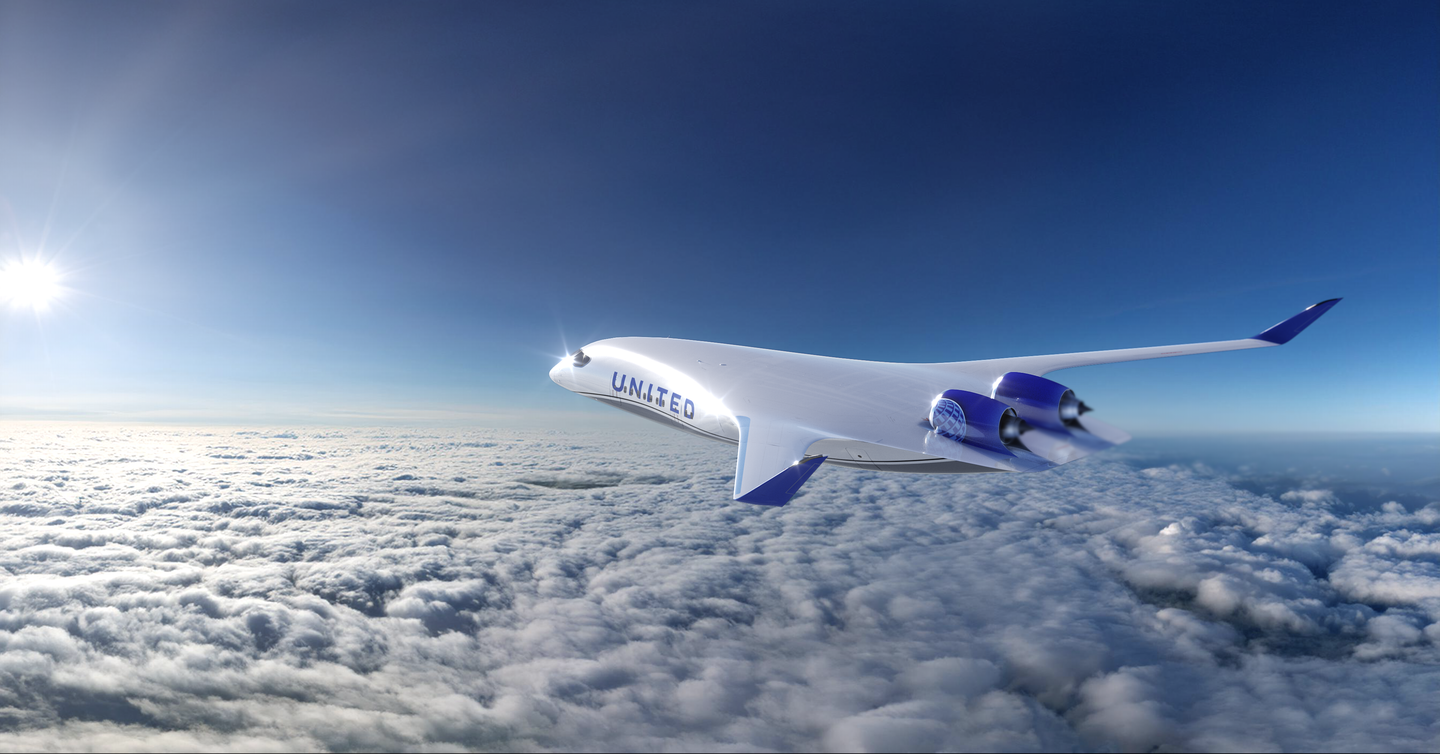
In May 1999, in Plattsmouth, Nebraska, a two-seat homebuilt GP-4 crashed shortly after takeoff, killing its 73-year-old builder and 60-year-old passenger. Both men were licensed pilots. The builder had logged 181.4 hours in the airplane since first flying it 15 months earlier.
The weather at the time of the accident was clear and mild. According to witnesses, the airplane had climbed to about 500 to 700 feet agl after takeoff when it pitched over and entered a spin. The wreckage, approximately two miles from the end of the runway, gave indications of a near-vertical attitude at the time of impact. The engine and propeller were partially buried in the ground, with the oil pan, injector manifold and starter motor separated from the case and the crankshaft broken at the propeller flange. The engine was too badly damaged to be test run, but investigators could find nothing to suggest engine trouble as a possible cause of the crash. There was fuel-or at least "a fluid, blue in color"-in the fuel tank. Control continuity could be established, but it was impossible to determine the positions of the gear and flaps.
In the absence of any indication of mechanical failure, the next hypothesis is pilot error.
The pilot held a commercial certificate and instrument rating; his total time was just shy of 2,000 hours. He participated in the FAA's Pilot Proficiency Award Program, which is designed to encourage recurrent training, and had recently completed his fourth annual segment. The toxicology report following the accident was clean, and there is no indication in the National Transportation Safety Board's accident report of a potentially incapacitating medical condition. There was therefore nothing in the pilot's history or physical condition to explain a stall-spin shortly after takeoff.
The GP-4 is a compact high performance low-wing airplane of wood construction created by George Pereira, whose Osprey amphibian has been a popular plans-built design for many years. It uses a four-cylinder Lycoming engine of 200 hp and has a gross weight of 2,000 pounds. Its tricycle landing gear is retractable. It seats two side-by-side under a bubble canopy. A recognition point is the unusual, almost triangular vertical tail. The specifications published on Pereira's website, ospreyaircraft.com, report a range of 1,100 nautical miles at 75 percent of power cruising speed of 209 knots. The website states that the "GP-4 is a high performance aircraft and it's not more difficult to fly the GP-4 than any other high performance aircraft."
Designer Pereira provided accident investigators with a written statement regarding the flying qualities of the GP-4. Regarding the power-on stall he wrote, with exemplary candor, "Power set at 20 inches, propeller at 2400 a very steep nose high angle is attained before the stall at 70 mph IAS … the right wing drops almost vertical. Recovery is very fast with rudder and stick application. You can expect to lose 300 to 500 feet in the recovery with full flaps, 32 degrees, gear down the stall is 62 to 65 mph." The garbled last sentence may be a transcription error; most likely, it should have a period after "recovery." An accelerated clean stall, Pereira continued, resulted in a "fast wing rotation or snap" opposite to the direction of the turn.
Regarding other flying qualities, Pereira noted that the GP-4 is neutrally stable in pitch. "If you … set up a climb or descent, the aircraft … will not return to its pre-trimmed condition without a control input." As would be expected in a neutrally stable airplane, "[t]he elevator is very responsive in pitch control ... Care must be taken not to bump the stick while retracting the gear with the Johnson bar. Since the GP-4 accelerates rapidly after liftoff the gear should be retracted before much over 100 mph. The faster you go the harder it is to retract the gear due to the low pressure area on the main gear doors."
"Johnson bar" is a mock-technical term for any large handle or lever. Like that of early Mooneys, the standard landing gear retraction system of the GP-4 is manual. A hydraulic alternative is available, but was not installed on the accident airplane.
The builder of the accident airplane had developed a Pilot's Operating Handbook for it, although there was no regulatory requirement that he do so. In it, he mentioned "rapid decay of control effectiveness" as the stall approaches, followed by "rapid loss of altitude with the control stick aft," but suggested that pre-stall excursions could be controlled with "precise control coordination" and use of rudder. If the airplane dropped a wing, it could go either way. "Intentional spins are prohibited," he wrote, but "if stall recovery is delayed or if the airplane is held in stall in an uncoordinated manner, it will likely go into a spin."
Regarding takeoff procedure, the builder wrote, "Retract gear when safely airborne and in control, after centering nose wheel and applying brakes to stop wheel rotation. (May be necessary to climb to safe altitude, and slow to 80 mph to retract.)"
This last, somewhat unusual requirement was confirmed by another pilot who had logged 51.1 hours in the accident airplane. The gear retraction procedure, he reported, was to climb to 1,500 agl, retard the throttle to idle, slow the aircraft to 80 mph, then swing the "Johnson bar" to retract the landing gear. Concerning the stall, he confirmed the POH description but stated that the airplane "banked sharply to the left" if stalled.
Another pilot who was current in the accident airplane - at least three pilots were - told investigators that the altitude and location at which the fatal stall-spin began "would be consistent with where the landing gear would have been in retraction." This statement seems to suggest that the recommendation of a 1,500-foot safe altitude for gear retraction had undergone some modification. After more than a year of flying and many retractions, this would not be surprising; pilots become accustomed to the quirks of their airplanes and come to believe that their skills more than compensate for them. At any rate, the POH did not specify a minimum altitude for gear retraction; only a "safe" altitude.
The NTSB's probable cause for the accident was merely failure to maintain control and airspeed, without any judgment about a possible reason. Nevertheless, designer Pereira's description of the GP-4 as neutrally stable and highly responsive to the elevator, juxtaposed with his caution against bumping the stick during gear retraction, lends support to the hypothesis, for which the accident report assembles abundant evidence, that the crash may have been connected with the need to slow the airplane to within about nine knots of the stall in order to retract its landing gear. It also suggests that the judgment that it is "not more difficult to fly ... than any other high performance aircraft" must be taken in the context of homebuilt aircraft, not all aircraft. It is not necessary to gain a safe altitude and slow to within a few knots of the stall to retract the landing gear of a Bonanza, or for that matter of any other certified high-performance airplane.
When, a decade or so ago, Australian authorities refused to license homebuilt Lancairs because they lacked what was officially considered a safe margin of longitudinal stability, designer Lance Neibauer protested that his customers preferred their airplanes unstable. Perhaps a better expression would have been "didn't mind." After all, an airplane may be light, fast and responsive and still return to a trimmed speed when the stick is released. Test pilots do not rank lack of speed stability as a desirable flying quality. Nevertheless, with airplanes just as with spouses and pets, some people prefer things that are unusual, but their own. The FAA recognizes the individual nature of homebuilt airplanes, even kit-built ones, by employing a naming system that attributes the airplane to its builder, not to its original designer. Thus, if I build an RV-4, it is a Garrison RV-4, not a Van's RV-4.
Implicit in that naming system is the recognition that each homebuilt, in contrast to the uniformity of factory products, is unique. The designer or kit vendor has no control over the builder. The stalling characteristics of the Berrick GP-4-the builder-pilot-victim's name was William Berrick-may have been different from those of other GP-4s, and the feel of the Johnson bar may have been different, too. The builder accepts the peculiarities of his airplane, even values them, and learns to meet them halfway. Safety, in airplanes with nonstandard characteristics, resides in the partnership of the airplane and its practiced pilot.
This accident should remind us to reflect on what "safe" means. You can safely walk along the top of a wall, but there is always a risk of falling. If you walk on the ground, you eliminate, or at least much reduce, that risk. Some people may be much better at walking on top of walls than others, and may even be able to run, or hop, or perform cartwheels there. But they are still on top of a wall, and if they slip or stumble or have an off day and make a mistake, the consequences will be worse.
Neutral pitch stability is a manageable characteristic. Helicopters are neutrally stable and can be safely flown. Slow flight a few knots above stalling speed is not especially difficult. Slow flight in a neutrally stable airplane is perhaps a little more difficult than in one with strong positive speed stability. Slow flight in a neutrally stable airplane while hauling on a gear retraction lever is a little tricky, but one learns. A stall recovery involving a 500-foot loss of altitude is somewhat unusual, but one can live with it.
That's the trouble: One learns. It becomes easy. And with increasing ease our awareness of the narrowness of the margins of safety fades. Habit breeds complacency. We lose sight of the difference between taking risks with impunity and not taking them at all. Consciously adopted precautions, like a 1,500-foot minimum altitude for gear retraction, begin to seem unnecessarily conservative. Little by little we forget that despite taking millions of steps without mishap, even a highly experienced walker may one day trip.
This article is based solely on the National Transportation Safety Board's report of the accident and is intended to bring the issues raised to the attention of our readers. It is not intended to judge or to reach any definitive conclusions about the ability or capacity of any person, living or dead, or any aircraft or accessory.

Sign-up for newsletters & special offers!
Get the latest FLYING stories & special offers delivered directly to your inbox






